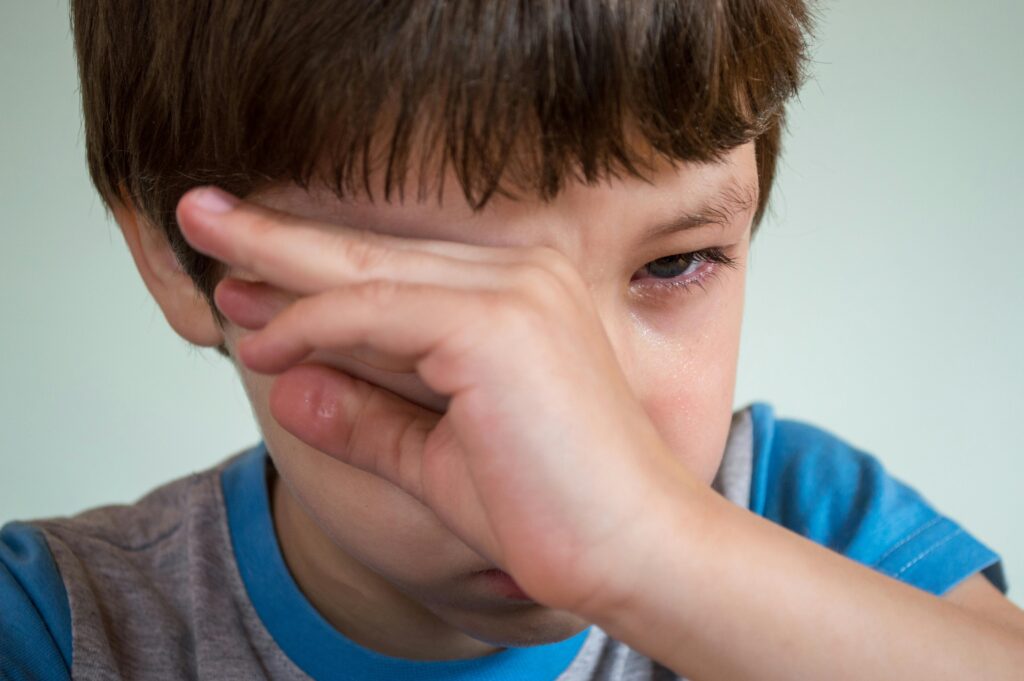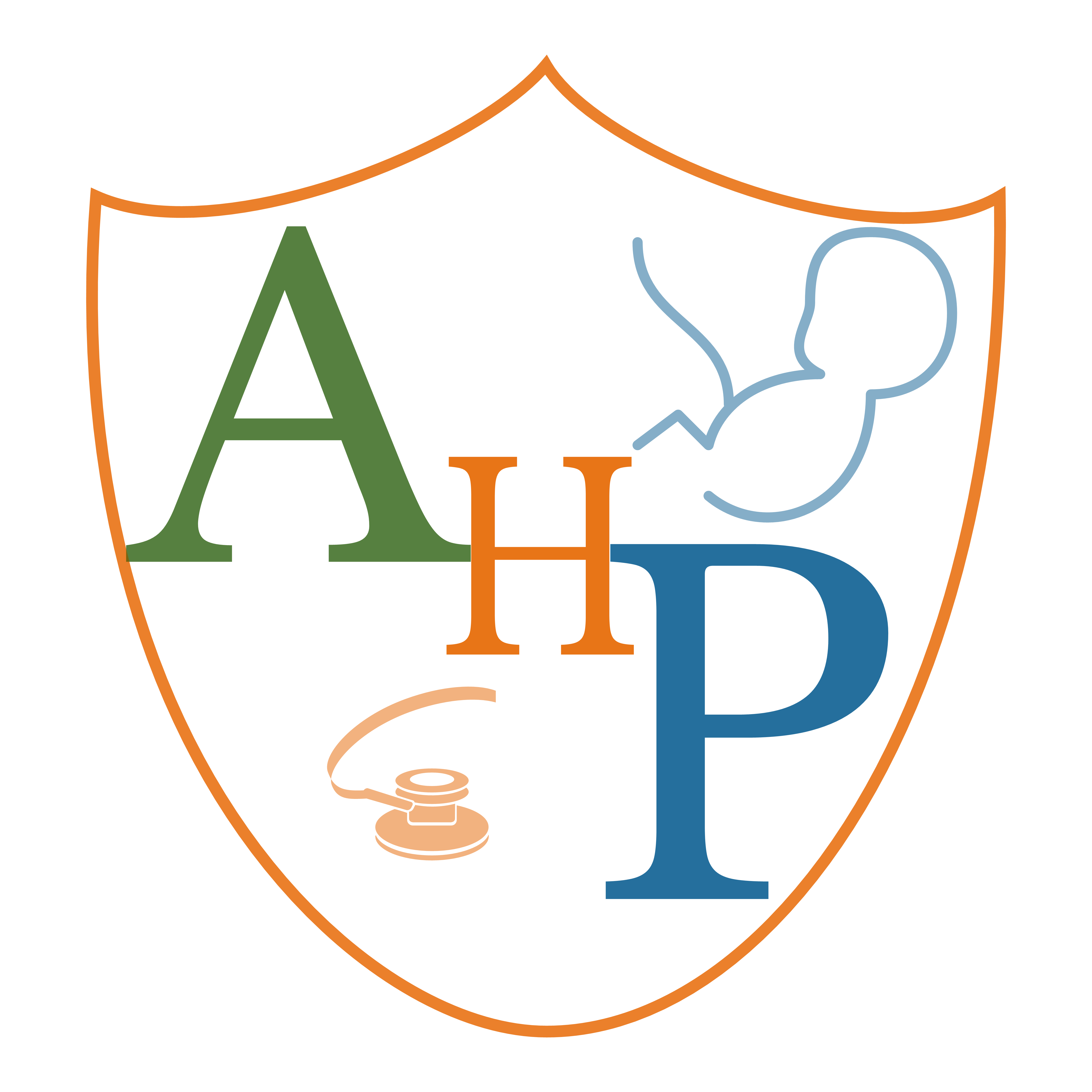Childhood musculoskeletal (MSK) pain—pain in arms, legs, joints, or back—is more common than many parents realize. It’s not just about a sore knee or a twist in the wrist after playground fun. MSK pain influences a child’s ability to learn, play, and grow in ways that aren’t obvious at first glance.
This guide will explore powerful ways childhood MSK pain affects your child’s daily life, along with expert tips to help them feel their best again.
1. MSK Pain and Concentration: When Homework Hurts
When children feel pain, their brains have to focus on that discomfort. That means less attention to schoolwork. Even small aches can:
- Lower focus: Pain acts like a constant interruption.
- Cause fatigue: Chronic pain tires out a child’s brain and body.
- Lead to frustration: Falling behind or struggling with homework is upsetting.
What you can do:
- Gentle pacing: Break tasks into small chunks with rest.
- Frequent breaks: A few minutes every 20–30 minutes helps reset focus.

2. Physical Activity Avoidance: When Playtime Becomes Painful
MSK pain often makes kids avoid movement. This has big effects:
- Less exercise: Leads to weaker muscles and joints.
- Social isolation: Kids may skip games or PE class.
- Slower motor skills: Skipping movement makes coordination harder.
Parental tip: Introduce safe, low-impact play options, like swimming or yoga for kids. These activities help maintain strength without pain.
3. Sleep Disturbances and Mood: How Pain Affects Everything
Pain can disrupt sleep, and poor sleep leads to mood changes:
- Irritability: Lack of sleep affects emotional control.
- Difficulty learning: Brain rest during sleep helps cement learning, and pain disrupts.
- Less resilience: Tired children handle challenges less well.
What to try:
- Create a calm bedtime routine (reading, soft music).
- Use child-friendly pain relief strategies, like warm baths or stretching before bed.
4. Self-Esteem and Confidence: The Quiet Struggle

Pain can hurt a child’s self-esteem without anyone noticing:
- Feeling “different”: Finding they can’t keep up with classmates or friends.
- Fear of failure: They may avoid challenges to avoid pain or embarrassment.
- Withdrawal: Pain can make group activities feel risky or scary.
Support Tip: Encourage successful experiences—even small ones. Celebrate efforts: “You did it!” builds confidence and helps them see their strengths.
5. Classroom Behavior: Distraction or Disruption?
Pain doesn’t just hide—it sometimes shows up as behavior issues:
- Fidgeting or shifting: Kids try to find comfort.
- Irritability or patience loss: Pain wears on mood and tolerance.
- Seeming defiant: What looks like stubbornness might be pain acting out.
Teacher Tip: Use a “pain check-in” tool. A simple picture scale can help children express how they feel—and the school can respond.
6. Cognitive Delay: How Pain Slows Development
Long-term pain can limit developmental milestones:
- Language delays: Discomfort reduces talk time and engagement.
- Less creativity: Pain distracts from imaginative play and free thinking.
- Academic lag: Skills like reading and math may take longer to develop.
Intervention Idea: Encourage play-based learning that’s gentle and supports movement. Hands-on activities such as Play-Doh or drawing help engage learning in a pain-free way.
7. Family Stress and Fatigue: When Pain Affects Everyone
Childhood pain isn’t just an individual issue—it touches the whole family:
- Emotional toll: Parents worry, siblings may feel pushed aside.
- Financial strain: Treatments, appointments, missed work.
- Time demands: Routines shift around pain episodes.
You’re not alone. Support groups, both online and in-person, can help families share strategies and feel understood.
Early Detection: The Key to Preventing Long-Term Impact
Catching MSK pain early leads to better outcomes. Look out for warning signs like
- Complaints about knees, heels, or back after activity.
- Changing gait (walking unevenly).
- Avoiding playgrounds or sports.
- Difficulty with fine motor tasks like writing or cutting.
Talk to your pediatrician. Often, simple postural changes or body mechanics are the root cause.
Treatment Strategies to Keep Learning and Play on Track
Physical Therapy and Strengthening
- Teaches proper muscle use.
- Reduces future pain from overuse or injury.
Pain Management Techniques
- Warm compresses or gentle stretching.
- Age-appropriate, OTC pain relievers (under doctor guidance).
Ergonomic Adjustments
- Ensure desks and chairs fit your child’s size.
- Encourage backpacks under 10-15% of body weight.
Encouraging Active Play
- Promote low-impact sports like swimming, cycling, or dancing.
- Keep play fun and pressure-free.
School Accommodations
- Modify broken games or PE activities.
- Allow rest breaks or alternative seating.
How Parents Can Take Action Today
- Watch and Listen: Notice movement changes or complaints.
- Create a Safe Home Space: Provide space to stretch, move gently, and rest.
- Establish Routine Breaks: Insert mini-breaks in homework or playtime.
- Talk with Teachers: Communicate pain’s impact gently and clearly.
- Access Professional Help: That could include pediatric PT, pediatricians, and occasionally specialists.
- Educate Your Child: Teach them to recognize pain signs and share how they feel.
Powerful, Easy-to-Try Solutions
- Gentle stretching routines before or after school.
- 5-minute movement breaks during homework.
- Swimming sessions (1–2x per week) to strengthen muscles with low stress.
- Ergonomic school supplies like adjustable chairs and footrests
- Positive reinforcement: Praise effort, not just achievement.
- Pain diaries: Short daily logs to track patterns.
- Teacher involvement: Collaborate with educators to customize learning.
Support Your Child With MSK Pain

Childhood MSK pain can quietly interfere with learning, play, sleep, mood, and family harmony. But it doesn’t have to be a roadblock. Early recognition, thoughtful adaptation, supportive strategies, and working with professionals can unlock your child’s fullest potential.
You have the power to help your child thrive—even with pain. By creating supportive environments at home and school, embracing gentle activity, and involving the right experts, you set the stage for confident learning and joyful play.
Every child deserves days without pain, filled with learning, laughter, and growth. You’re already making a difference by reading this. Keep going, keep supporting, and keep believing in your child’s potential.
How Omegapediatrics.com Can Help
You’re not alone, and professional resources are here to help. For guidance on active home activities, check out this post, Couch Potato Kids: 16 Ways to Encourage Exercise. It features simple exercises designed for daily use.
For more insights on supporting kids in school, this post is helpful: Choosing the Best School Bag for Your Child. It includes practical ergonomics to help your child alleviate discomfort.
By blending empathy, expertise, and practical tips, this guide not only educates—but also empowers families to overcome challenges and restore childhood’s joy.



